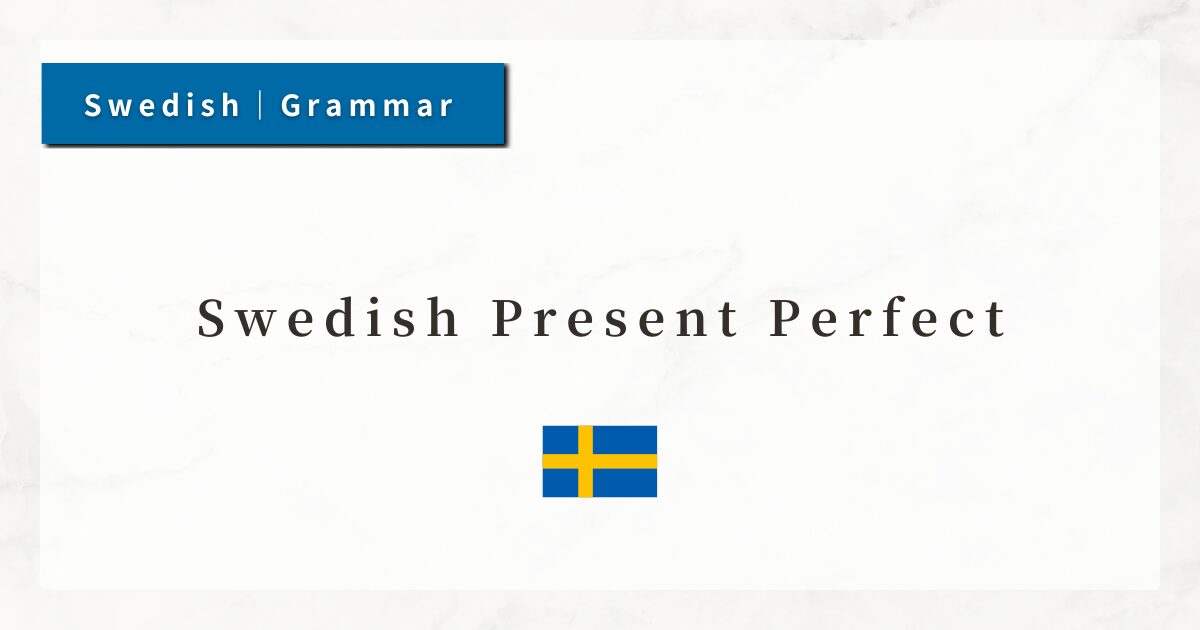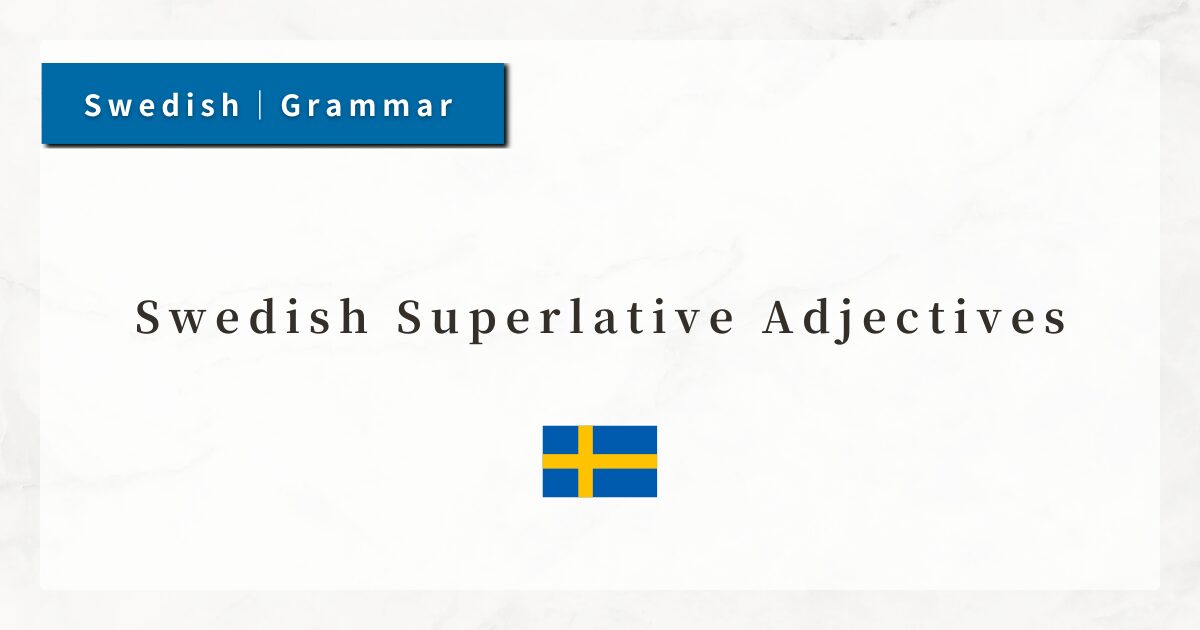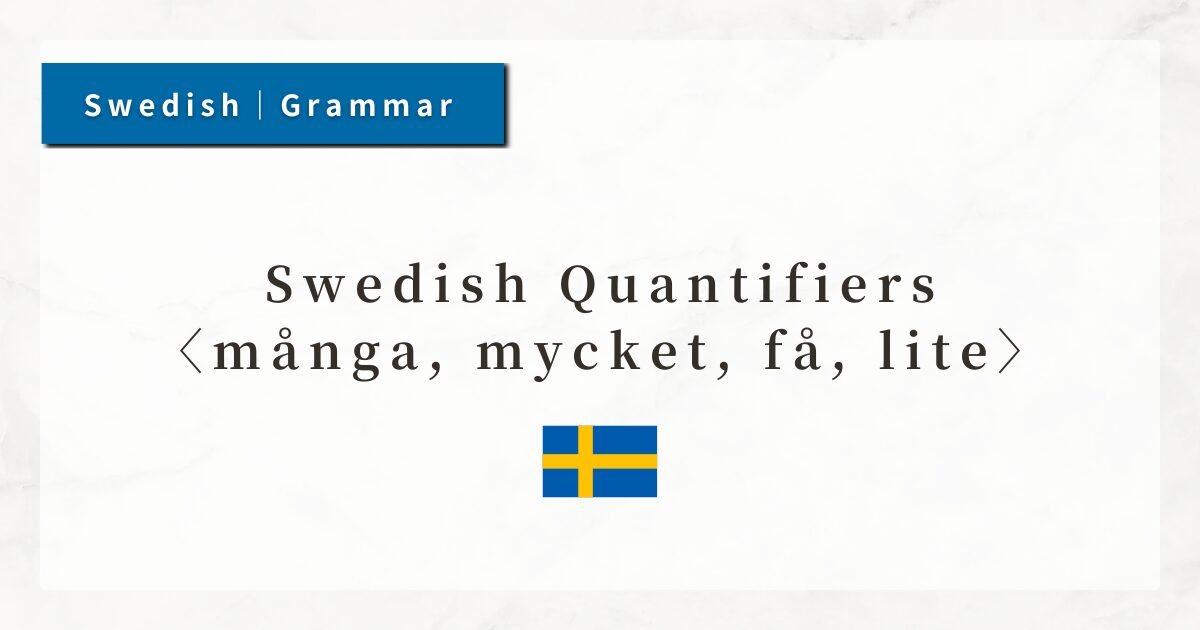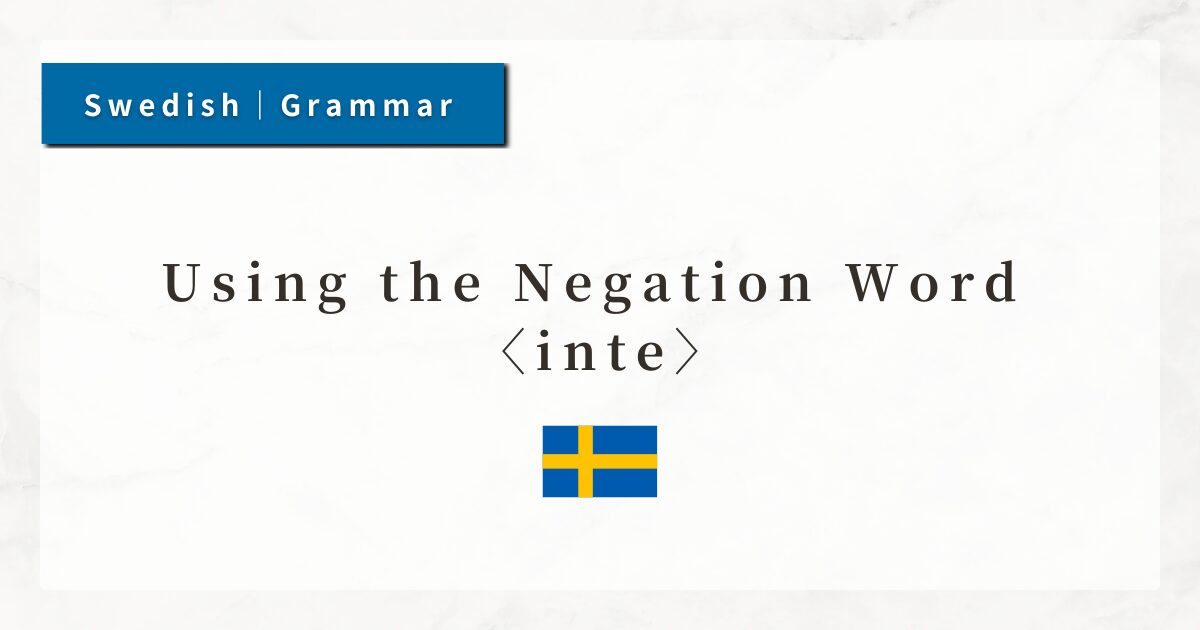#20 Swedish Personal Pronouns|How to Use Subject and Object Forms
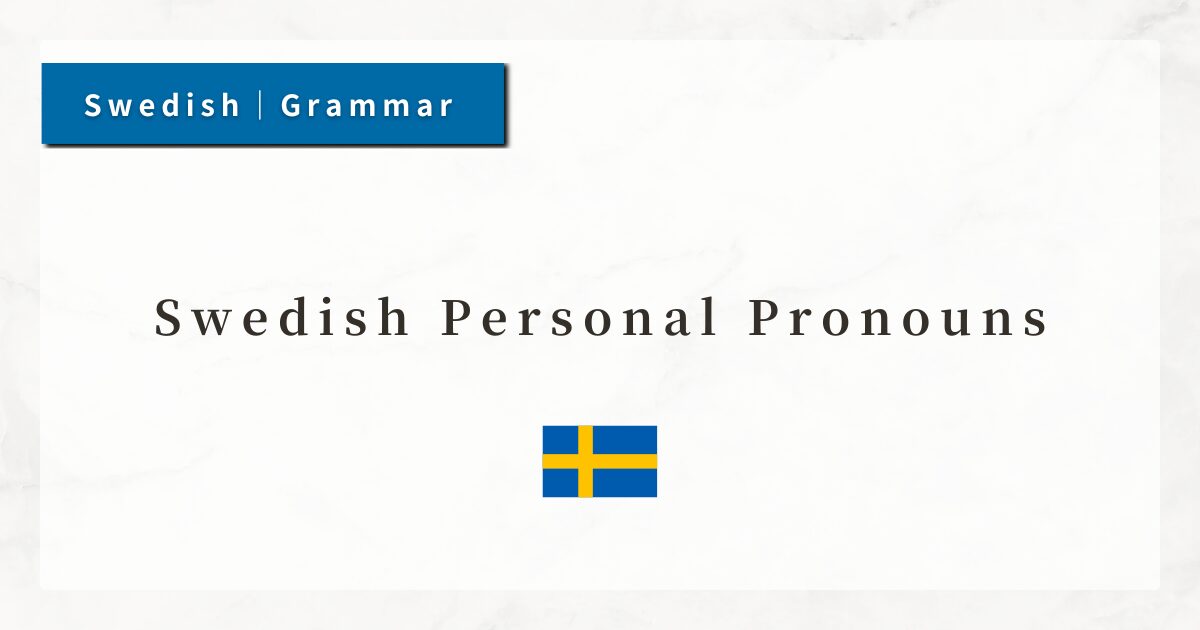
In Swedish, just like in English or Japanese, I can use pronouns such as “I,” “you,” and “he” to make conversations flow smoothly.
It is especially important to distinguish between the nominative form, which functions as the subject of a sentence, and the objective form, which serves as the object of a verb or a preposition.
In this lesson, I will organize Swedish personal pronouns into nominative and objective cases and explain how to use them, along with some key points to watch out for.
1. Basics of Personal Pronouns
In everyday Swedish, pronouns such as “I,” “you,” and “he” are used frequently.
These pronouns take different forms depending on whether they serve as the subject (nominative) or as the object (objective).
- Jag gillar kaffe.
(I like coffee.)
→ Subject (Jag) = Nominative - Hon gillar mig.
(She likes me.)
→ Object (mig) = Objective
Thus, even for the same meaning of “I,” I must use jag in the nominative case and mig in the objective case depending on its role in the sentence.
This is very similar to the distinction in English between I / me or he / him. However, some Swedish pronouns look very similar, so it is essential to pay careful attention to both the sentence structure and the pronoun forms.
2. List of Nominative and Objective Pronouns
Here is an overview of Swedish personal pronouns in the nominative and objective cases:
| Person | Nominative (Subject Position) | Objective (Object Position) |
|---|---|---|
| 1st person singular | jag | mig |
| 2nd person singular | du | dig |
| 3rd person singular (male) | han | honom |
| 3rd person singular (female) | hon | henne |
| 3rd person singular (neuter) | den / det | den / det |
| 1st person plural | vi | oss |
| 2nd person plural | ni | er |
| 3rd person plural | de | dem |
3. Nominative: Used as the Subject of a Sentence
The nominative form is used as the subject of the sentence. It is placed before the verb and serves as the S (subject) in the basic SVO word order.
- Jag bor i Tokyo.
(I live in Tokyo.) - Vi pratar svenska.
(We speak Swedish.)
In Swedish, the subject must always be explicitly stated. Unlike Japanese, subjects cannot be omitted.
For this reason, using nominative pronouns correctly is essential.
4. Objective: Used as the Object of a Verb or After a Prepositionる
The objective form is used as the object of a verb or after a preposition. Specifically, objective pronouns appear in the following types of contexts:
4-1. Object of a Verb
- Jag älskar dig.
(I love you.) - Hon känner honom.
(She knows him.)
It is important to clearly distinguish who performs the action and who receives it.
Confusing nominative and objective forms can completely change the meaning of a sentence.
4-2. Object of a Preposition
As in English, Swedish requires the objective form after prepositions.
- Det är till henne.
(That is for her.) - Jag tänker på dig.
(I am thinking of you.)
Learners often focus only on the subject and forget to change the object into the correct form. This is a common mistake to watch out for.
5. Summary
- Swedish personal pronouns have two forms: nominative (subject) and objective (object).
- The nominative form comes before the verb and marks the subject.
- The objective form follows the verb or a preposition and marks the object.
- Some pronouns, like de / dem, look similar but must be used according to their role in the sentence.

